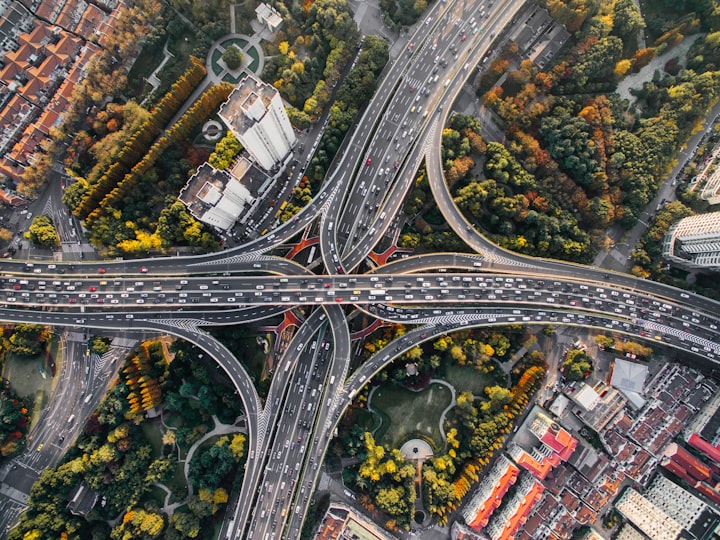Traffic Snake Traps
Insights on traffic

Introduction;
Traffic can be a double-edged sword. On the one hand, it can be a valuable marketing tool that can increase your company’s exposure and attract new customers. On the other hand, traffic congestion, aggressive drivers, and other factors contribute to increased vehicle emissions and air pollution. To keep pace with constant innovation in technology and marketing, business owners need an effective strategy to leverage both the good and the bad sides of traffic. Fortunately, there are strategies available that you can use to avoid traffic snake traps and build a solid traffic strategy.
Traffic traps
Traffic is the lifeblood of any business. While traffic can be a double-edged sword, it can also be a valuable marketing tool that can increase your company’s exposure and attract new customers. On the other hand, traffic congestion, aggressive drivers, and other factors contribute to increased vehicle emissions and air pollution. To keep pace with constant innovation in technology and marketing, business owners need an effective strategy to leverage both the good and the bad sides of traffic. Fortunately, there are strategies available that you can use to avoid traffic snake traps and build a solid traffic strategy.
Overly Optimistic Beliefs
It’s human nature to be optimistic. We tend to see opportunity where others see risk. Optimism, however, tends to cloud judgment and cause problems when applied to traffic. We tend to look for easy wins and ignore the potentially significant downside of a new strategy. Optimism, in the context of traffic, can lead to three types of problems: traffic flow, safety, and time. When traffic is heavy, you want to be as efficient as possible with your resources to avoid gridlock. However, being too optimistic can result in holding back traffic while expecting others to pick up the slack. This can lead to an unfair traffic tradeoff.
Delegation
Delegation is the transfer of authority or responsibility. When you delegate, you pass on your downside to another party. When you delegate your traffic problem to another party, you don’t solve it yourself. You might transfer your traffic in exchange for lower expenses, a smoother website, or better service. When you delegate traffic, you need to be very clear on the reasons for the transfer. If the other party doesn’t have the same upside as you do, there will be some resistance from within your organization. This might include employees who are concerned about the impact on their workplace.
Centralized Strategy
When it comes to traffic, centralization makes sense. The best traffic management systems can handle large volumes of traffic from a variety of sources at the same time. A centralized traffic strategy, therefore, is the best approach. A central strategy, however, is not without its disadvantages. One of the biggest is the potential for centralization to create siloed thinking within your organization. A decentralized strategy, therefore, is the best approach. A decentralized strategy is more flexible and allows your team members to focus on their specific areas of strength.
Out With the Old
As the Internet and technology have grown, so too has the amount of conflicting information available to consumers. With the internet now being a primary source of information for many consumers, it can be difficult to sift through the wheat from the chaff when it comes to shopping options. Finding the right balance, therefore, is difficult. One of the best ways to avoid traffic snake traps and build a solid traffic strategy is to develop an out-of-the-box approach. When you’re dealing with a new and unpredictable technology like the Internet, you need an out-of-the-box strategy to cope with it. That’s where out-of-the-box thinking comes into play.
Summary
When it comes to traffic, centralization makes sense. The best traffic management systems can handle large volumes of traffic from a variety of sources at the same time. A centralized strategy, however, is not without its disadvantages. One of the biggest is the potential for centralization to create siloed thinking within your organization. When you’re dealing with a new and unpredictable technology like the Internet, you need an out-of-the-box strategy to cope with it. That’s where out-of-the-box thinking comes into play: think decentralized and distributed. One of the best ways to avoid traffic snake traps and build a solid traffic strategy is to develop an out-of-the-box approach. When you’re dealing with a new and unpredictable technology like the Internet, you need an out-of-the-box strategy to cope with it. That’s where out-of-the-box thinking comes into play: think decentralized and distributed.





Comments
There are no comments for this story
Be the first to respond and start the conversation.